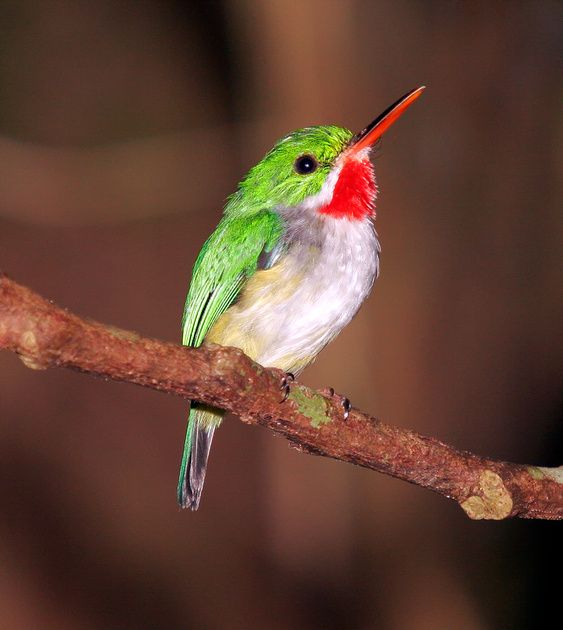- cross-posted to:
- [email protected]
- cross-posted to:
- [email protected]
The emu (Dromaius novaehollandiae) is a species of flightless bird endemic to Australia, where it is the largest native bird. It is the only extant member of the genus Dromaius and the second-tallest living bird after its African ratite relative, the common ostrich. The emu’s native ranges cover most of the Australian mainland. The Tasmanian, Kangaroo Island and King Island subspecies became extinct after the European settlement of Australia in 1788. Emus are large, flightless birds. Their necks and legs are long, but their wings are tiny, reduced to less than 8 inches (20 centimeters). After molting, the birds are dark, but sunlight fades the feathers and they become paler at the end of the season. Emus live in a variety of habitats from open arid plains to tropical woodlands. They avoid thickly forested areas. Emus occur in all Australian states except Tasmania. They are found across most of Victoria, although they avoid densely populated areas and are generally absent from the central district. Emus eat a wide variety of leaves, grasses, fruits, native plants, and insects. In spring and summer, their diet consists mainly of flowers and seeds. In autumn, as those foods become scarce, they graze on young grass which sprouts after summer rains. In winter, herbs form the emu’s main food. Aside from Dingoes and Wedge-tailed Eagles , adult Emus have few natural predators. Eggs and chicks are eaten by feral dogs, pigs, eagles, foxes, snakes and goannas. Their calls consist of booming, drumming and grunting. The males sometimes make the calls with a sound like “e-moo” and can be heard over long distances. Females make characteristic resonant, booming sound. Here is a link so you can listen to this bird too.
These doofuses are really friendly, they love hanging out at campgrounds and nature parks because people will feed them (or get scared and move away from them so they can eat their food).
They sound great
It’s easy to forget that they can be really dangerous, because they just seem really harmless most of the time, but they’re still big wild animals.
True
My niece in Australia rides these to school every day. For real life.
Sounds fun!!!
:D
Stompy, an emu ambassador at the Alveus sanctuary.
I found a YouTube link in your comment. Here are links to the same video on alternative frontends that protect your privacy:
The chad birds






